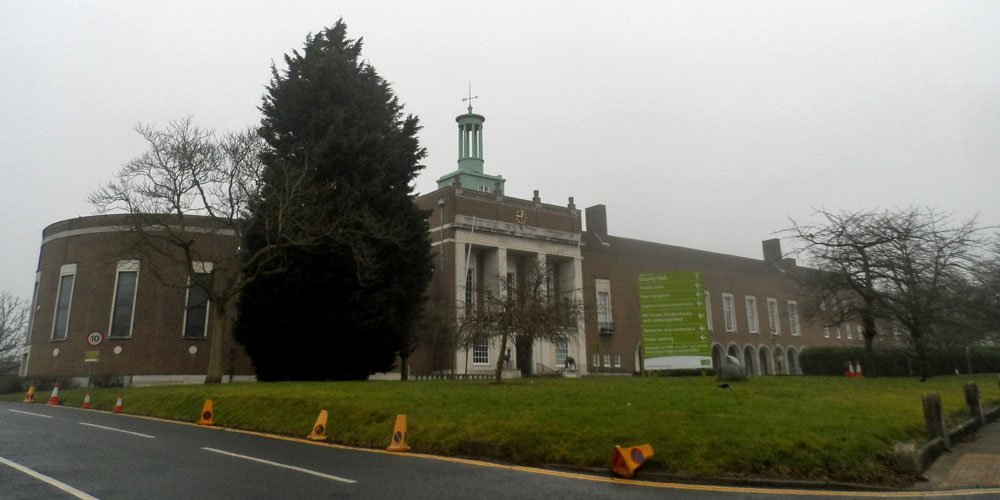
Hertfordshire County Council is facing a funding gap set to grow to £90m in four years’ time, with plans in place expected to account for half of the shortfall, according to a financial update prepared for senior leaders.
A report to next week’s meeting of the authority’s cabinet says costs of delivering services are expected to rise by £140m by April 2023 while income will only rise by £50m over the same period.
The county’s senior finance team is bringing forward the timetable for producing the integrated plan that informs the annual budget by “many months” so the council can “enhance its approach” to financial planning.
At £57m, price-inflation pressures are the biggest component of the £140m increase, followed by £42m anticipated for disability services related to “population growth”.
Vital service investments estimated to cost £24m and “legislative pressures” described as mainly related to the National Living Wage contribute the final £17m.
The report said that while Hertfordshire had successfully made significant savings of around £315m since 2010, it was “approaching a point where further efficiencies were increasingly difficult to deliver”.
Costs associated with the ageing population – Hertfordshire is on course to see the number of residents aged 85 and above rise by 137.5% over the next decade – were cited as an area where meeting rising demand was particularly challenging.
The report also noted that the county’s reserves were comparatively low when measured against peers.
It cited research by CIPFA last year that ranked Hertfordshire 21st out of 26 counties in terms of the proportionate size of its financial cushion.
Director of resources Scott Crudgington said that in addition to the pressures outlined in the report, there was also “significant uncertainty” over the level of funding that the authority would receive over the four-year period.
The government’s Fair Funding Review, business rates retention and the possible delays to the government’s expected three-year Spending Review were the principal causes.
Crudgington – who joined Hertfordshire earlier this year from Stevenage Borough Council, where he was chief executive – said that bringing forward the start of the annual integrated plan “refresh” to this month would be the earliest start the county had made, “reflecting the scale of the challenge faced”.
The report to Hertfordshire’s cabinet said all services were being tasked with identifying new savings in the cost of service delivery in the knowledge that it was “unlikely” that the magnitude of efficiencies would be enough to close the spending gap.
It said that the early start on the county’s next integrated plan would allow more time for savings proposals to be considered by cabinet panels over the summer and, in some cases, be put out to public consultation.
The report added that Hertfordshire had a strong track record of allocating funding to invest in service transformation to drive new efficiencies and generate income, and that such an approach was “critical” to its future development.
But it said the benefits of such work typically took two or more years to feed through.
It concluded: “It is likely, therefore, that potential new policy choices and service reductions may need to be considered to ensure that, overall, the council continues to be able to deliver much needed public services in a safe and reliable way.”












